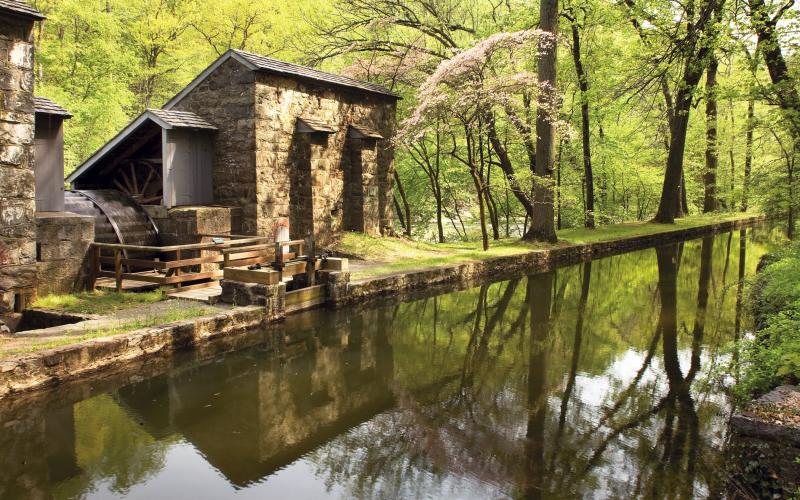I had read that there had been some dynamite/bombings in Victorian London in the 1880's. They'd generally destroy "a cloakroom" or "the ticket office", but probably not a sturdy stone structure of that sort. In my part of the world, you have a string of forts from the 1850's+. They would store their explosives/munitions/etc in powder magazines that look like this:
So if there was ever an accident, the heavy stone walls would absorb the force of the explosion, and the rest of the fort would be safe. So it's very similar to your structure, except, of course, yours has a whole lot more windows. So if an explosion happened in a certain room, I would expect the windows to be blown out--- but if an explosion happened underground, I'd be curious as to how much of the energy would be muffled by the dirt, by the stone, etc.
I live in a house that was built in the 1920's. It was specifically built to be tornado-proof. It has thick concrete walls. I work on stick-built houses that were built in the 1940's. The lumber that was used back then was amazing! So I'm sure there's just as much difference between the solidity of a house that was built in preindustrial times-- late 1700's? early 1800's? --and newbuild that's thrown together with modern lumber.
Have you thought about fire? If I wanted to do something drastic, I'd probably set fire to the drapes in two or three rooms, and perhaps some rugs as well. The weak point is going to be the wooden floors, or the wall paneling. If you can get that to catch, your enemies will immediately reorganize their priorities to keep the fire from spreading, ASAP.
When I had a house fire (tenant doing a midnight moveout by candlelight!) I noticed a distinct difference in how the fire spread, based on whether the doors were open or closed. These were just ordinary hollow core modern doors, but they were sufficient so that there was only really smoke damage in those rooms whose doors had been shut, whereas the fire spread freely through open spaces.
In the meantime, here's an interesting book to page through. It might give you some ideas about explosives. It's
The Third Annual Report of Her Majesty's Inspectors of Explosives from 1878. It's got some interesting reading.






